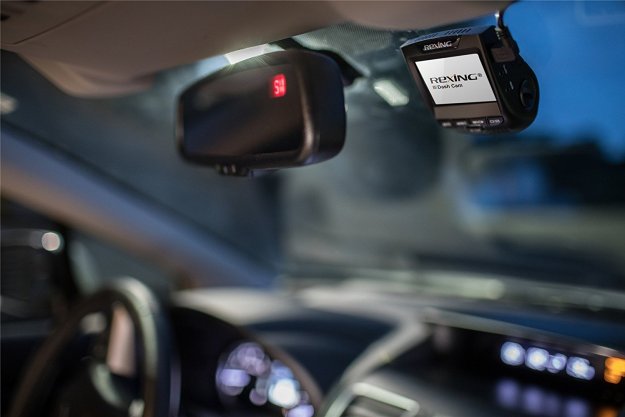The 707-horsepower SRT Hellcat may get more attention, but the majority of owners looking for a HEMI V8-powered Dodge Charger will inevitably end up with the less-raucous R/T model.
Though its name stands for “Road and Track,” the 370 horsepower and 395 pound-feet of torque produced by its 5.7-liter HEMI engine are merely adequate for a big V8 car in this golden age of power.
To help remedy that, Fiat Chrysler Automobiles is giving the Charger R/T a little love. The company’s storied Mopar parts and accessories division is now offering a performance package for this model, but only in limited quantities.
The Mopar ’15 kit includes Dodge’s Scat Pack Performance Stage Kit 1 plus a front strut tower brace and bright pedal kit. The Scat Pack kit consists of a cat-back exhaust system, cold-air intake, an upgraded powertrain control module, and high-flow oil filter.
All of that adds 18 hp and 18 lb-ft of torque, brining the totals to 388 hp and 413 lb-ft. Dodge won’t discuss performance figures for the upgraded Charger.
Mopar ’15 kit-equipped Chargers will be distinguished by model-specific badging that comes with the kit, and Dodge is also throwing in some memorabilia, including a certificate of authenticity, magnetic mechanic’s tray, and a vintage-style Scat Pack poster. It all comes packaged in a Mopar-branded wood crate.
While this should put a little extra spring in a Charger’s step, Dodge seems to be targeting collectors with the Mopar ’15 kit more than hardcore performance junkies.
The carmaker considers the Mopar ’15 kit to be a follow-on to the limited-edition Mopar models it has offered every year going back to 2009, and only a handful of Charger owners will be able to get their hands on one of the kits.
Just 50 kits will be made available, priced at $3,550 apiece. That’s on top of the $37,590 base price (including destination) of a 2015 Charger R/T. If you’ve got one, and have the itch to give it a little more power, Dodge is taking orders for the Mopar ’15 kit now.


